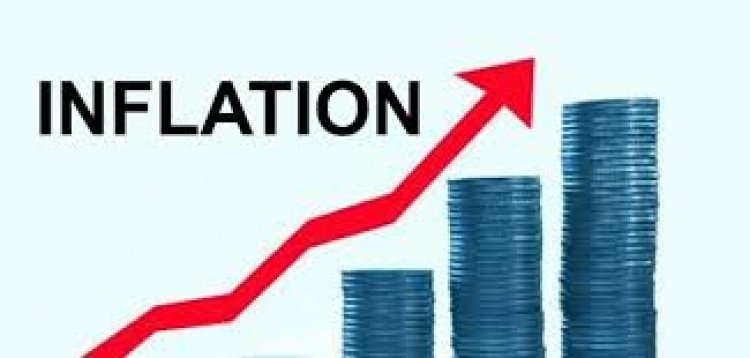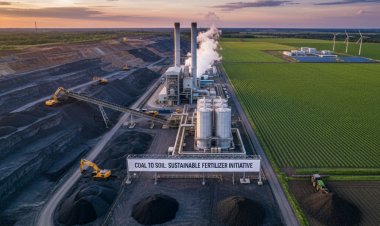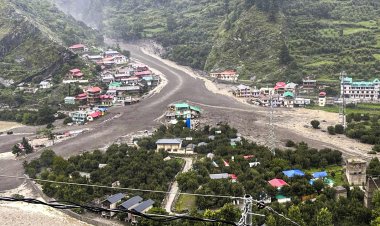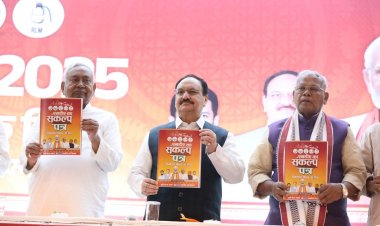No respite for the common man on inflation front; WPI in double digits for 15 months
The WPI inflation has been 15.18 per cent for the month of June, which is marginally lower than 15.88 per cent in May. The CPI inflation has been 7.01 per cent for the month of June, which, too, is marginally lower than 7.04 per cent in May. But this should not be seen as an indication that the troubles of the common man are going to lessen any too soon on the inflation front or that the RBI is going to change its trend of increasing the policy rates to rein in inflation. The RBI Governor has said himself that the inflation rate may continue to remain above the RBI’s targeted level (4 per cent +/- 2 per cent) till December. For this, we need to take a look at the figures from the US, where inflation has been 9.1 per cent, the highest ever since 1981.

The Wholesale Price Index (WPI) inflation has been 15.18 per cent for the month of June, which is marginally lower than 15.88 per cent in May. The Consumer Price Index (CPI) inflation has been 7.01 per cent for the month of June, which, too, is marginally lower than 7.04 per cent in May. The inflation in petroleum products and edible oils has been responsible for the high-level WPI inflation in June. The marginal decrease in WPI and retail inflation should not be seen as an indication that the troubles of the common man are going to lessen any too soon on the inflation front or that the Reserve Bank of India (RBI) is going to change its trend of increasing the policy rates to rein in inflation. The RBI Governor has said himself that the inflation rate may continue to remain above the RBI’s targeted level (4 per cent +/- 2 per cent) till December. However, Finance Minister Nirmala Sitharaman says that the government is keeping a close watch on inflation. But this statement does not imply that the common man will get relief.
For this, we need to take a look at the figures from the US, where inflation has been 9.1 per cent, the highest ever since 1981. Although we have not reached such a level in the case of our country yet, but it is also true that the retail inflation has been above the RBI’s target for the past four months. While the WPI inflation for June has been 15.18 per cent, it stood at 15.88 per cent in May. Besides, it has remained in double digits for the past 15 months.
In fact, the factors behind the inflation at the domestic and global levels have been the high prices of crude oil and gas, the high prices of food products, the high prices of fertilizers, and the disruption in the supply of commodities and the surge in their prices due to the Russia-Ukraine war. Although the prices of food products have moved southward, the other factors are still causing uncertainty, which is directly affecting domestic inflation. Our increasing dependence on imports is a major reason for inflation.
The estimates made by economists and market experts in the wake of the recent inflation figures released in the US state that the Federal Reserve (Fed) is almost certain to increase the interest rate by at least 75 basis points. Some of the experts are estimating an increase of up to one per cent in the interest rate. The Fed had hiked the interest rate by 0.75 per cent in June, which is the biggest increase ever since 1994.
What is interesting is that the gas and oil prices and the increasing prices of food products are being considered to be the biggest reason behind the inflation in the US, which counts itself among the major producers of oil and gas. As India imports nearly 85 per cent of its crude oil requirements and is a major importer of gas, there is not much room for a decrease in the prices of these energy products here. However, there is some comfort that despite the sanctions from the US and the European countries, Russia continues to be the second-largest exporter of crude oil and India is benefiting from this. China and India are said to be among the leading buyers of the oil being sold by Russia at a discount. Besides, there has been a decline in the prices of edible oils, the country’s largest food products import, in the global market and the Indian importers are benefiting from this. But in both cases, the constant weakening of the rupee against the dollar is curtailing this advantage or virtually wiping it out. The exchange rate of the rupee reached 79.9 against the dollar on Thursday. Which is aggravating the impact of imported inflation.
Also, the inflation reaching record levels in the US directly implies an increase in interest rates there and the consequent increase in possibilities of foreign funds going out of emerging economies like India. That is, both the stock market and the rupee will be affected by the Fed’s decisions.
In fact, with food inflation reaching record highs at the global level, troubles are mounting for the importers of food products. Besides, due to the disruption of the traffic of cargo ships in the Black Sea and the Russia-Ukraine war, the crisis of availability of fertilizers has aggravated and their prices have surged. Which has led to an increase in the production cost of food products across the world. The world has seen three major energy crises in 1974, 2008 and now in 2022. During these three crises, nitrogen-based fertilizers witnessed a steep price hike of 341 per cent in 1974, 68 per cent in 2008 and 169 per cent in 2022. Which is directly affecting food security. While Russia has a 16 per cent share in the urea export market across the world, this is 12 per cent in the case of DAP and MAP. This supply has been disrupted due to the Russia-Ukraine war.
Also, these countries have an export share of 25 per cent and above in wheat, barley and edible oils. This has directly affected the prices of these products. That a downward trend is being seen in the prices of wheat, edible oils and other food products is a separate issue.
As far as India is concerned, inflation is affecting every section of society. A number of products have become dearer due to an increase in manufacturing inflation. Neither has there been any major relief in food inflation as yet. However, Sitharaman says that the government is keeping a close watch on inflation. But her statement cannot lessen the troubles arising from inflation for the common man. Besides, in such a situation, it will once again be difficult for the RBI to keep policy rates from going up. The RBI had increased the repo rate by half a percentage point on June 8.
India is not the only country facing such a situation. Inflation has constantly gone up in European countries, too. Besides, there are apprehensions that several developed economies, including the US, may be on the verge of a depression. Such a situation will also have an adverse impact on the growth rate of the Indian economy. Therefore, it is difficult to get relief until the government reduces tax rates. Troubles will mount for the common man in the days to come in view of the likelihood of an increase in the Goods and Services Tax (GST) rates for some goods and services. Interestingly, however, the new Maharashtra government has brought about some relief by reducing the Value Added Tax (VAT) on petrol.



 Join the RuralVoice whatsapp group
Join the RuralVoice whatsapp group









































